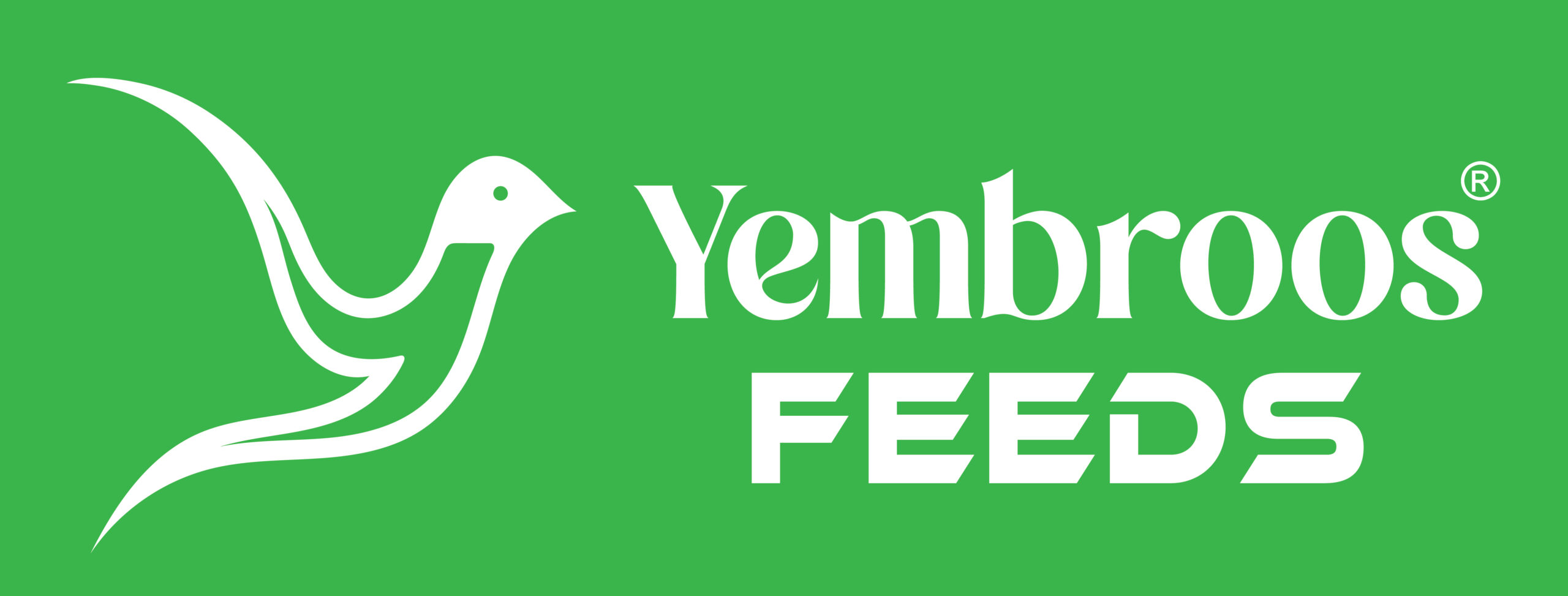
Yembroos Animal Feeds India Private Limited is a leading Love Bird Feed Manufacturer, Love Bird Feed Exporter, Love Bird Feed Supplier, Love Bird Feed Distributor, Love Bird Feed Vendor, Love Bird Feed Company and Love Bird Feed Producer located in Thrissur District of Kerala. Our widest and high precision product range defines us renowned Love Bird Feed Manufacturers, Love Bird Feed Exporters, Love Bird Feed Suppliers, Love Bird Feed Distributors, Love Bird Feed Vendors, Love Bird Feed Companies and Love Bird Feed Producers of India. We are also one of the major Exotic Bird Feed Manufacturer, Exotic Bird Feed Exporter, Exotic Bird Feed Supplier, Exotic Bird Feed Distributor, Exotic Bird Feed Vendor, Exotic Bird Feed Company and Exotic Bird Feed Producer located in Thrissur District of Kerala. Our widest and high precision product range defines us renowned Exotic Bird Feed Manufacturers, Exotic Bird Feed Exporters, Exotic Bird Feed Suppliers, Exotic Bird Feed Distributors, Exotic Bird Feed Vendors, Exotic Bird Feed Companies and Exotic Bird Feed Producers of India.
